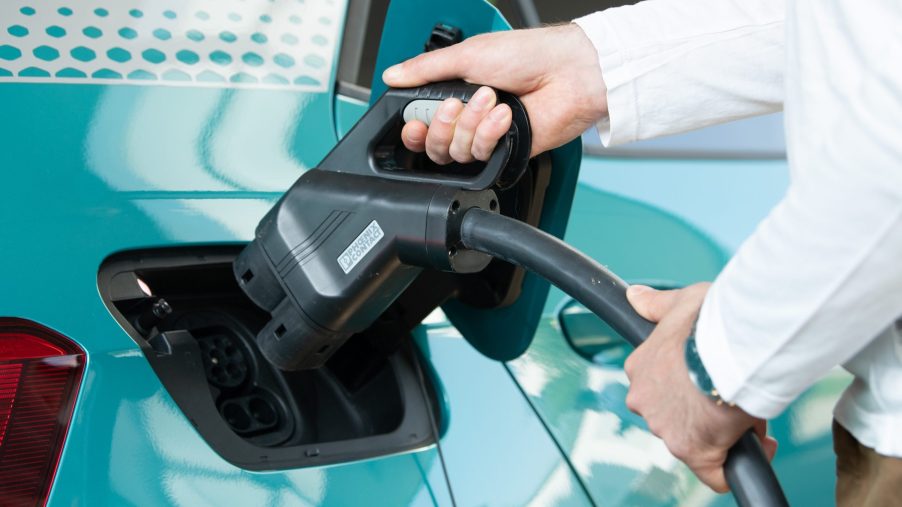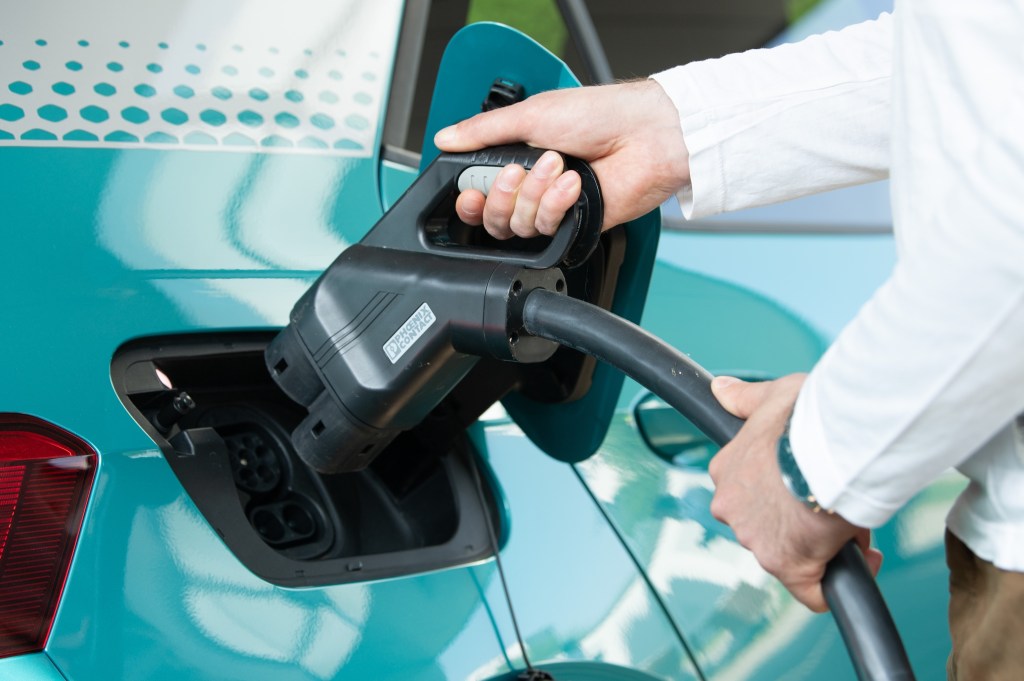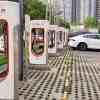
Rural Drivers Can Save Over $2,800 a Year By Switching to an Electric Car
Even if you’re still skeptical about an all-electric future, it’s hard to ignore the benefits of electric vehicles (EVs). While these vehicles usually have expensive price tags, they make up for it with outrageously low charging costs. Some electric cars, like a Tesla Model S Performance, are even just as fast as iconic sports cars.
Recent research has found that rural drivers can get the best bang for their buck from electric cars. The Union of Concerned Scientists found a study that suggests these drivers can save thousands of dollars from driving EVs. It’s an enticing incentive to buy one, but there are still some drawbacks to consider.
How much can rural drivers save with an EV?

Studies show that the average driver saves at least $1,900 per year by switching from driving gas-powered cars to electric. Some drivers were even able to save $2,800 in the same length of time because they had shorter commutes. The study points out that rural drivers are actually in a better position to own electric cars.
Rural residents are more likely to live in their own building structures as opposed to an apartment, so they can install their own charging infrastructure. Electric cars are also an excellent low-cost alternative to public transportation, which usually isn’t available in rural areas. They could always use a rideshare service like Uber or Lyft, but those costs add up fairly quickly.
Why electric cars are suited for rural driving
Many people who live in rural areas have longer work commutes than the average driver. A roundtrip to town and back can rack up a lot of miles, especially if you have to make stops. Drivers who are employed in logging or construction often have to make multiple trips to transport all their supplies.
While most of the electric cars on the market are currently sedans and SUVs, electric pickup trucks are on the way. You’ve probably heard of the Ford F-150 Lightning, which can tow up to 10,000 pounds. We suspect that it might impact the F-150 Lightning’s 300-mile range somewhat, but it’s still a cheaper alternative in terms of refueling.
Electric cars can save drivers even more money if they’re just used for local grocery trips. Without any heavy cargo, most electric sedans and SUVs can get around 250-300 miles of range. Even half a charge can get drivers to the store and back without issue.
Potential cons of rural living with an EV
While the price of electricity is much lower compared to gasoline, charging station availability is an issue in rural areas. Looking at the Department of Energy’s map, we can see that some states only have a few charging stations compared to others. In Montana, there are less than 40 public charging stations in the entire state.
Some drivers might have to commute to the next town over just to charge their cars. You can usually restore a good amount of battery in just a half-hour, but it’s still inconvenient.
Although it’s easier for rural drivers to install their own chargers at home, this might not be feasible for their budgets. According to HomeGuide, the cost of the charger plus installation fees can total as much as $2,600. Given that many EVs retail for over $40,000 already, it’s a hard sell for some shoppers.
Buying a cheaper EV might seem like a better solution, but Forbes has found problems with that strategy. When test-driving cars like the Hyundai Ioniq, its range was almost forty miles less than advertised. This was probably because it needed more juice to keep up with its peers on the highway.


